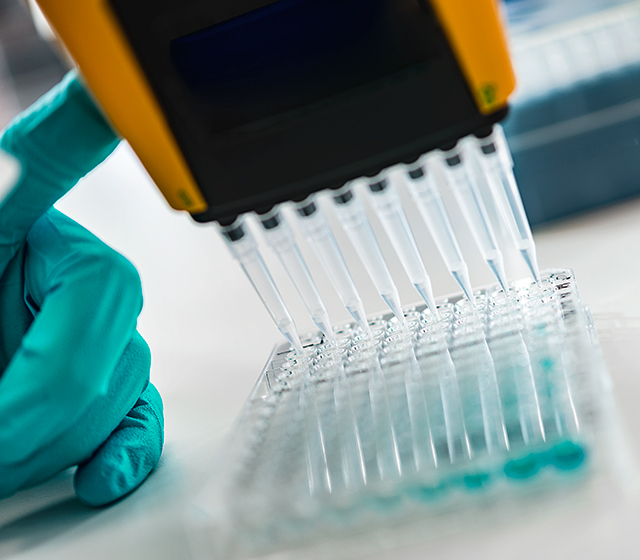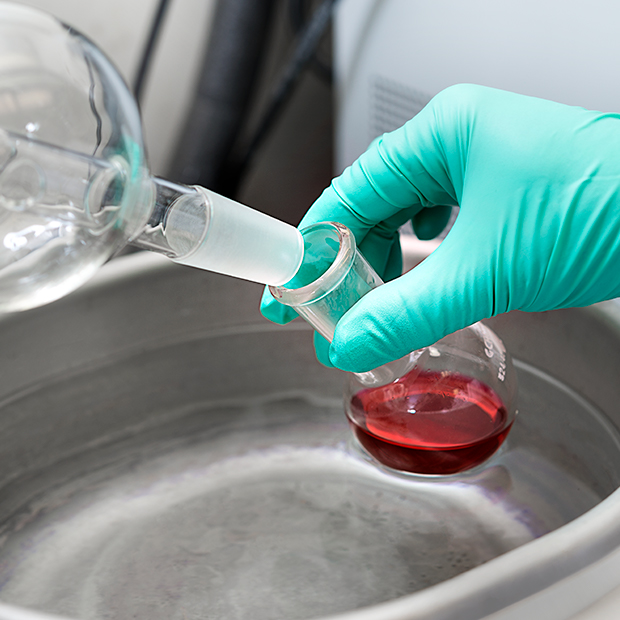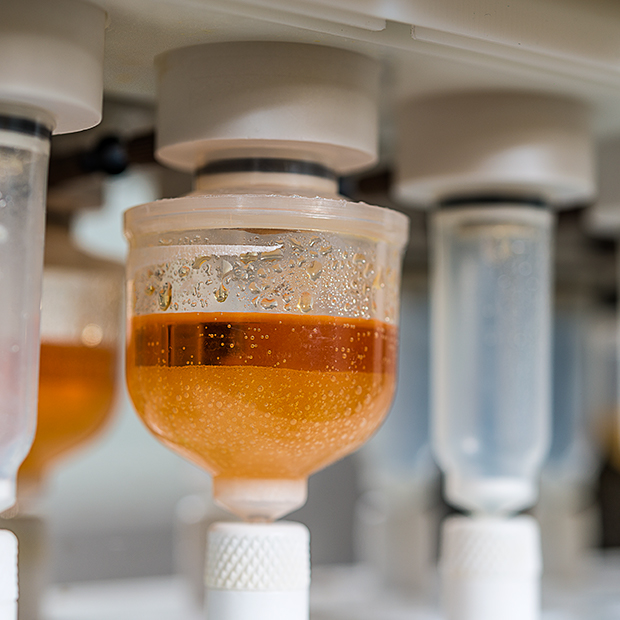We use cookies to offer you the best experience on our site. You can find out more about the cookies we use or disable them in the Cookie settings
Custom peptides synthesis
Lactam Ring Cyclic Peptides
We offer a versatile platform for the synthesis of lactam ring cyclic peptides, also referred to as amide bond cyclic peptides.
Several antibiotics have been developed based on the presence of beta lactam rings in their structures (Eg. penicillin and derivatives) and thus, lactam ring cyclization represents a potential antimicrobial drug development opportunity.
Further, cyclic RGD peptides and analogues (containing lactam rings) can function as peptidomimetics influencing cellular adhesion and migration in different cellular states.
Cyclization configurations
The primary ligation approaches to synthesize lactam cyclic peptides are
head-to-tail, side-chain-to-side-chain, head-to-side-chain, and side-chain-to-tail,
depending on the location of the functional groups within the peptide sequence.
- Occurs between N-terminus to C-terminus.
- Via Amide bond formation (lactamization).
- Most frequently used cyclization conferring greater stability.
Occurs between N-terminus and an internal COOH
(e.g. the ß-COOH-group of Asp or γ-COOH-group of Glu).
Occurs between internal NH2s and C-terminus
(e.g. the ε-NH2–group of Lys).
Occurs between Side chain of Lysine (ε-NH2–group of Lys)
to Aspartic or Glutamic acid (γ-COOH-group).
Featured Citations
Head‐to‐Tail Cyclic Peptide Inhibitors of the Interaction between Human von Willebrand Factor and Collagen.
The study examined novel cyclic peptides as moderate inhibitors of the protein–protein interaction between von Willebrand factor (vWF) and collagen that initiates blood clot formation.
‘All of the head‐to‐tail cyclic peptides, was purchased and synthesized by AnaSpec (Eurogentec's US subsidiary).‘
Specifications
- Length: 5-15 amino acids.
- Purity: ≥95%, ≥90%, ≥85%, ≥70% or crude
- Quantity: 1 mg minimum up to gram quantities, delivered as gross weight or net weight.
Applications
- Improved binding affinity to targets
- Modulation of protein-protein interactions (PPIs)
- Membrane permeability
- Metabolic stability & bioavailability
- Bioactivity



